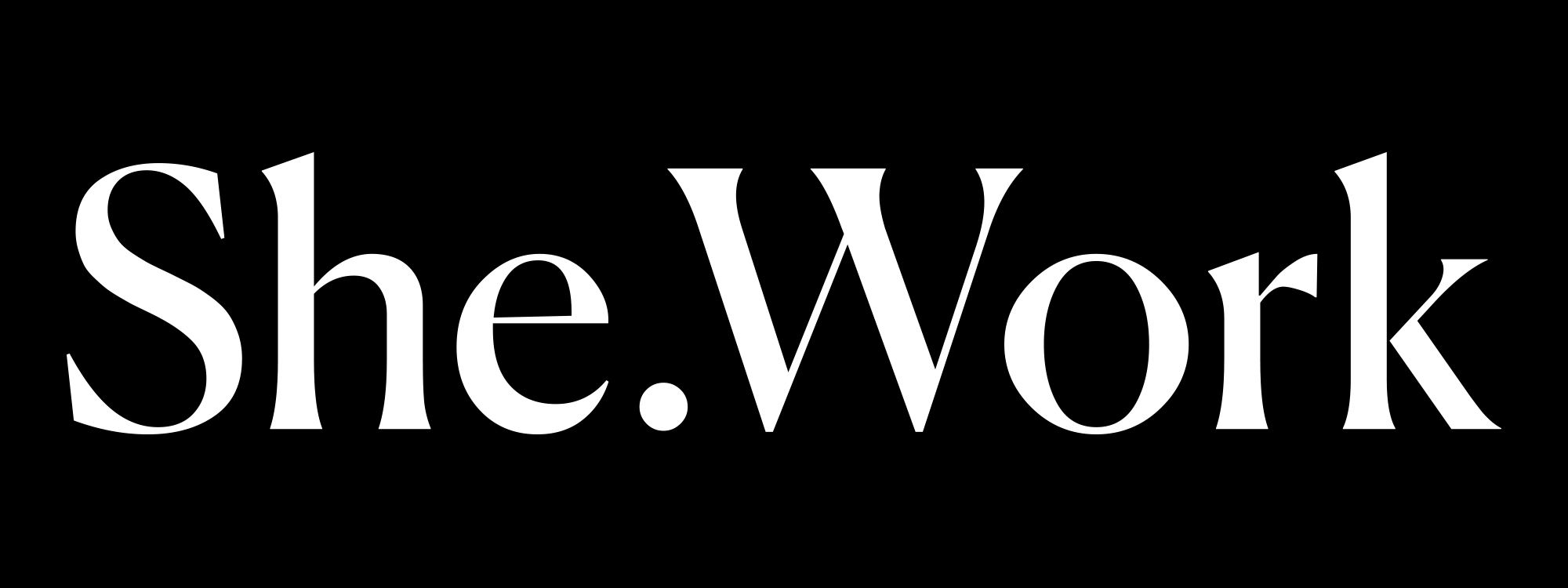Distributed leadership is a leadership model that distributes decision-making and responsibilities across multiple individuals rather than concentrating authority at the top. It encourages employees at all levels to take initiative, collaborate, and drive meaningful contributions to organizational goals.
Unlike traditional hierarchical leadership, distributed leadership recognizes that effective leadership comes from collective expertise and teamwork rather than a single authoritative figure. This model fosters autonomy, innovation, and adaptability in fast-changing work environments.
Key Characteristics of Distributed Leadership
- Shared Decision-Making: Leadership responsibilities are distributed across different levels.
- Empowered Employees: Team members take ownership of projects and strategic decisions.
- Collaborative Culture: Open communication and teamwork are essential for success.
- Adaptability & Agility: Organizations can quickly respond to changes and challenges.
- Focus on Strengths: Leadership roles align with individual expertise rather than job titles.
Why Distributed Leadership Matters
- Encourages Innovation: More voices contribute to creative solutions.
- Enhances Employee Engagement: Employees feel valued and motivated when they have leadership opportunities.
- Improves Decision-Making: Diverse perspectives lead to more well-rounded decisions.
- Increases Organizational Resilience: Teams are more adaptable to change and disruptions.
- Develops Future Leaders: Employees gain leadership experience, strengthening the talent pipeline.
Examples of Distributed Leadership in Action
- A company creates cross-functional teams where members make key project decisions without relying on senior executives.
- A manager empowers employees to lead meetings and strategy sessions based on their expertise.
- A tech startup adopts a decentralized structure where decision-making authority is spread across different departments.
- A healthcare organization allows frontline workers to influence policy and workflow improvements.
How to Foster Distributed Leadership
- Encourage Autonomy: Give employees the freedom to make decisions within their expertise.
- Promote a Learning Culture: Provide leadership training and mentorship opportunities.
- Facilitate Cross-Functional Collaboration: Break down silos and encourage knowledge sharing.
- Recognize and Reward Leadership Contributions: Acknowledge employees who take initiative and drive change.
- Ensure Transparent Communication: Keep all stakeholders informed and aligned with organizational goals.
Challenges of Distributed Leadership
- Potential for Role Confusion: Clearly define leadership responsibilities to avoid uncertainty.
- Ensuring Accountability: Establish metrics to measure leadership effectiveness.
- Balancing Decision-Making Power: Maintain alignment between decentralized decisions and company strategy.
- Cultural Resistance: Shift mindsets from traditional leadership models to embrace shared leadership.
The Future of Leadership is Distributed
As organizations evolve, distributed leadership is becoming essential for agility, collaboration, and employee empowerment. Companies that embrace this model will foster a culture of trust, innovation, and collective success.
Leadership isn’t about position—it’s about action. By embracing distributed leadership, organizations create a more dynamic, inclusive, and resilient workforce.
Remember: The best leaders create more leaders, not followers.
✱ If you liked this article, please share it with a friend who could use inspiration.
If you have a topic in mind or a story to share anonymously or with your name, email us at [email protected]
✿ Thank you for reading!
Subscribe to be our bestie, no spam—just good vibes once a month.





